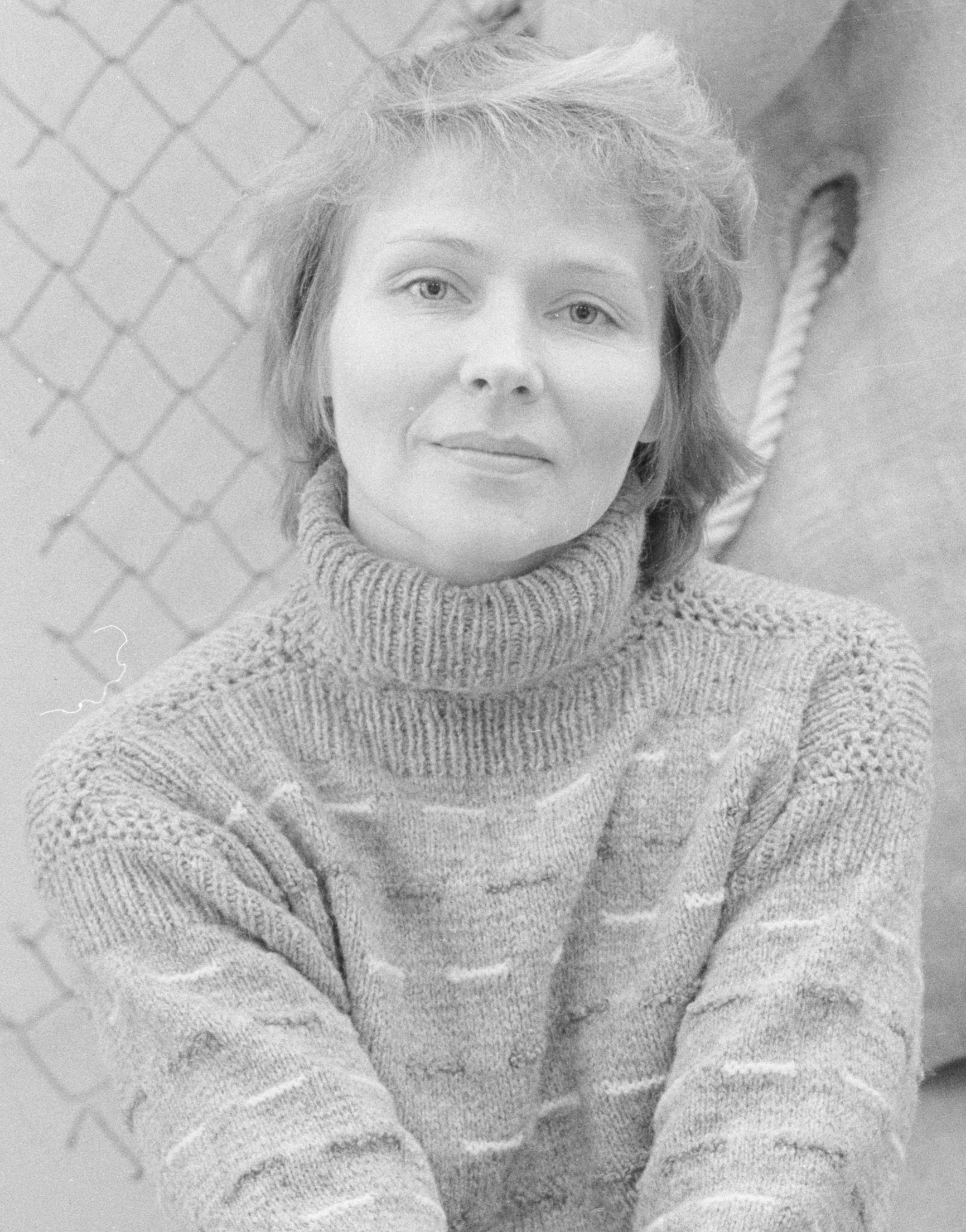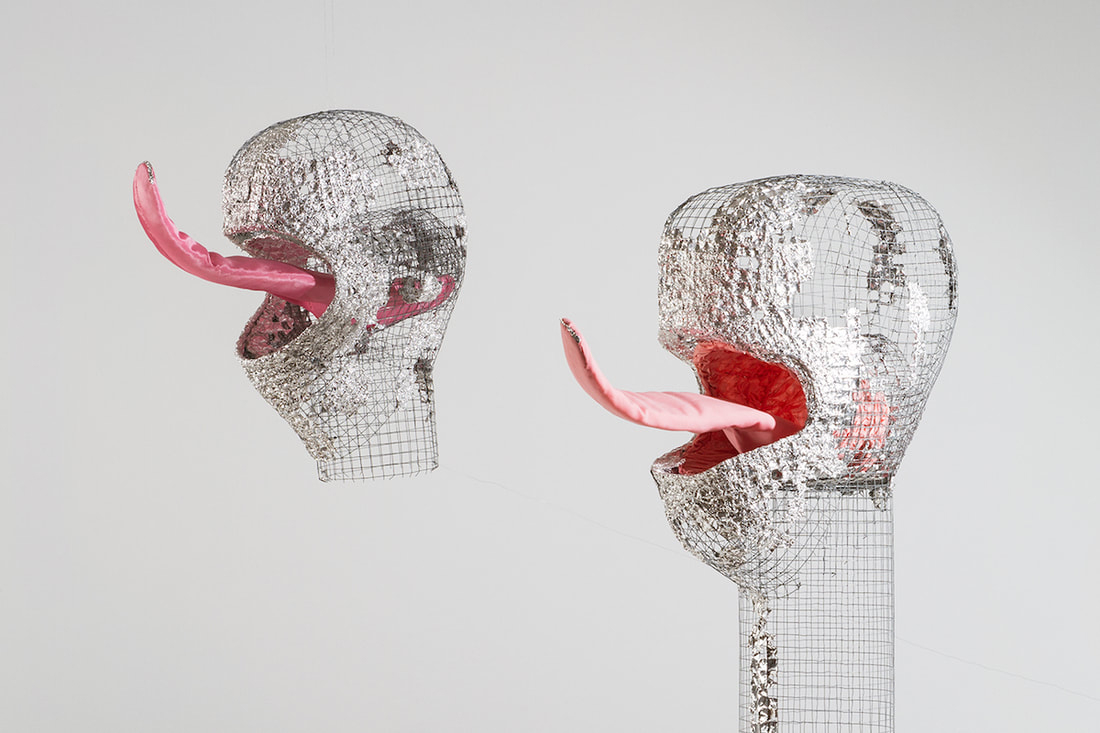→ PAST
EXHIBITION
Anu Põder:
Space for My Body
Curated by
Cecilia Alemani
3 January – 30 Juni 2024

The exhibition Anu Põder: Space for My Body is the first major retrospective of Anu Põder, the acclaimed Estonian artist, outside of her native country.
Held at the Muzeum Susch, an institution dedicated to exhibiting and promoting the work of female artists whose practices have often been overlooked, this exhibition marks an exceptional opportunity for the international art world to see Põder’s work in person, and at the same time to educate scholars, students, and art lovers on her little-known work. Taking its title from one of Põder’s sculptures, Anu Põder: Space for My Body (1995) brings together more than forty works, dating from 1978 to 2012, that have rarely left Estonia, where they are mainly collected at the Tartu Art Museum (Tartu, Estonia) and the Art Museum of Estonia (Tallinn, Estonia) as well as the artist’s estate.

Põder is one of Estonia’s most revelatory voices of the last five decades. Her work has stood out since the 1970s as uniquely crafted, originally conceived, and deeply personal. Yet, because it was somehow out of sync with the then established art landscape in Estonia, it has been overlooked for many years. Põder is known for exploring the human body, highlighting the fragility, impermanence, and ephemerality of life in a series of highly evocative sculptures. Throughout her career, she employed unconventional materials such as textile, wax, plaster, soap, plastic, and wood to compose delicate assemblages. Unlike her peers, who were working with traditional materials such as bronze and granite to portray the Soviet society’s ideals, Põder built out her own intimate, highly vulnerable visual vocabulary made of everyday, non-precious elements.Põder was likewise not interested in immortalizing political leaders, aristocratic family or Soviet ideals in bronze. Working at the cusp of two major eras –– the Soviet occupation of Estonia, which began in 1940, and the new independence gained in 1991 –– Põder embraced the uncertainty of identity of the Estonian people, working as one of the very few women artists in a decidedly male context and focusing on female subjectivity alongside other international artists such as Magdalena Abakanowicz, Louise Bourgeois, Ana Mendieta, and Alina Szapocznikow.
Installed in a loosely chronological order, the exhibition will focus on three major aspects of the artist’s oeuvre.

The exhibition began with a display of dolls, mannequins, and figures that compose the main characters of Põder’s imaginary. A large group of works spanning from the late 1970s to the early 1990s feature the body as the center of her artistic investigation. Pushing against traditional modes of figuration, Põder composes powerful assemblages of amputated, decaying bodies, realized with highly unusual materials such as plastic, burlap, wool, and epoxy. These works, such as Before Performance (1981), Very Old Memories (1985), and Composition with Plastic and Synthetic Wool (1986) are sensual, erotic, and at the same time violent; they depict fragmented, amputated female torsos intersected with amorphous appendixes. In this series of sculptures, the body becomes a site of experimentation: Limbs are twisted, postures are never straight, bodies are embracing and interlocking, hard materials meet crumbling elements. Põder’s sculptures inhabit this fluid threshold between affirmation of one’s corporeality and discomfort.

The second part of the exhibition focused on the role of unusual materials and garments as standins for the body. In the 1990s, Põder realized a highly evocative and poetic body of work, which includes coats and garments that have been altered, cut open, and dissected. In works such as Space for My Body (1995), Pattern as Sign. Furcoat (1996), and Cut Handbags (1997), the image of the body is no longer present, but is substituted by its ghost appearance through these vestments, generating a negative space that hints at the figure without ever fully portraying it. The same violence that was evident in the dolls series returns here, this time employed to cut these garments open, crafting suspended shells that suggest otherworldly presences.
The final section of the exhibition featured Põder’s late work and focus on her relationship with senses, nourishment, and desire. Works in this section, like Lickers and Screen (both 2007) employ or evoke food as material, welcoming the ephemeral life of these elements that can deteriorate, change, and disappear, and imbuing the exhibition space with fragrances and aromas.

Installed in the spectacular site of the Muzeum Susch against a breathtaking alpine landscape, the exhibition Anu Põder: Space for My Body will bring light to the outstanding work of an artist who is still too little-known outside of Estonia.
The exhibition is curated by Cecilia Alemani. Alemani is currently the Donald R. Mullen, Jr. Director & Chief Curator of High Line Art, the public art program presented by the High Line in New York. In 2022, Alemani included Anu Põder’swork in The Milk of Dreams, the 59th International Art Exhibition at the Venice Biennale.
Cecilia Alemani is an Italian curator based in New York. Since 2011, she has been the Donald R. Mullen, Jr. Director & Chief Curator of High Line Art, the public art program presented by the High Line in New York. In 2022, she curated The Milk of Dreams, the 59th International Art Exhibition at the Venice Biennale. In September 2023, she organized a major retrospective of Tetsuya Ishida at Gagosian, New York. In November 2023, she will curate Making Their Mark, a large-scale exhibition showcasing the works of more than 70 of the most significant women artists from the last eight decades part of the Shah Garg Collection. In 2018, Alemani served as artistic director of the inaugural edition of Art Basel Cities: Buenos Aires. In 2017, she curated the Italian Pavilion at the Venice Biennale.
Anu Põder (1947–2013) was an Estonian sculptor and installation artist. She studied at Tartu Art School and the Estonian State Art Institute's sculpture department. Throughout her career, Põder experimented with abstract forms and various materials, inspired by her surroundings. Her art was time and site-specific, exhibiting a performative effect as the artworks disintegrated over time.
Põder's work can be divided into two chapters: one exploring motherhood and life at the end of the Soviet period, the other commenting on social processes in newly independent Estonia. She avoided the prevailing bronze age principles, opting for formal experimentation from Surrealism to depictions of pop culture and daily life.
During her studies, Põder depicted people as dolls using wire structures, plaster, and textiles. In the 1980s, she incorporated plastic and created abstract sculptures. In the 1990s, she completed a series of dolls and started a new one, 'Pattern as a sign', cutting up old garments to create artworks. A significant change in Põder's work came with her soap-cast series in 1998. She continued experimenting with new materials and human silhouettes until her 2007 exhibition, 'Super', which explored the individual's relationship with society. Anu Põder was a versatile Estonian artist, known for her innovative and evolving approach to sculpture and installation art. Her works reflected her personal experiences and the changing world around her, making a lasting impact on the art scene in Estonia and beyond.
International press:
Sutton Comms, London| E: ginevra@suttoncomms.com| T: +44 (0)7809 901890